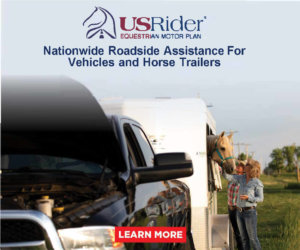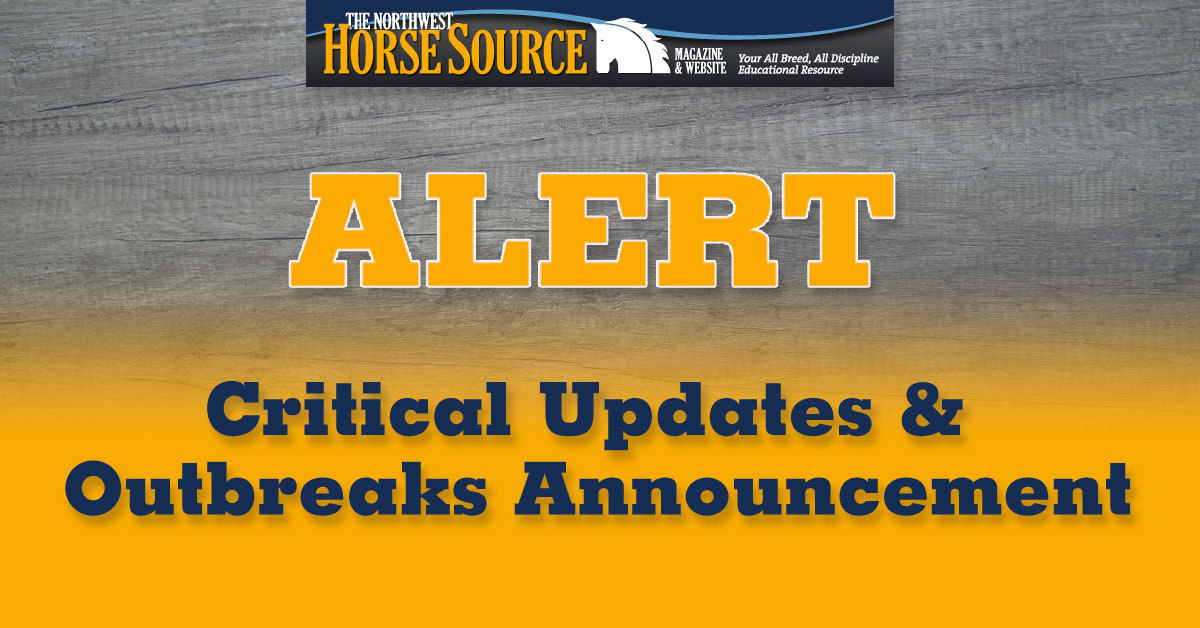Outbreak Alerts: Oct 27, 2022 West Nile Virus in Los Angeles County, CA
Confirmed Case(s) – No Quarantine Source: California Department of Food and Agriculture Number Confirmed: 1 Age: 15 Gender: Gelding Breed: Paint Onset of Clinical Signs: 10/2/2022 Clinical Signs: Colic and fever 10/2; ataxia and weakness in all 4 legs starting 10/3 Confirmation Date: 10/26/2022 Horse Status: Euthanized Vaccination Status: Status Unknown Comments: On October 26, 2022, a 15-year-old Paint gelding … Read More






